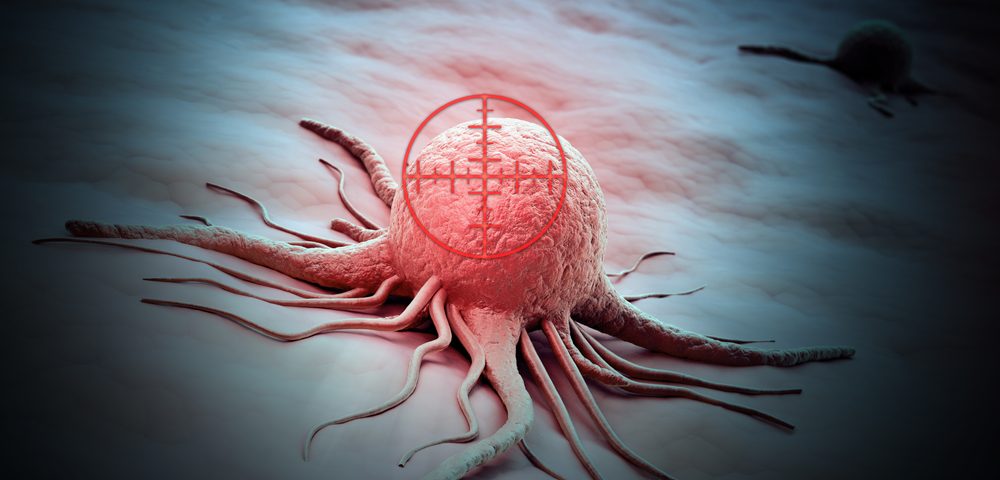Researchers have developed a new computer program, known as DrugPredict, to find new therapeutics for unmet diseases, like ovarian cancer, among medications the U.S. Food and Drug Administration (FDA) has already approved for other indications.
The program predicted and researchers later confirmed that the pain medicine Indocin (indomethacin) – alone or combined with chemotherapy drugs – killed patient-derived ovarian cancer cells.
Their study, “Using a novel computational drug-repositioning approach (DrugPredict) to rapidly identify potent drug candidates for cancer treatment,” appeared in the journal Oncogene. It details DrugPredict’s success in finding new disease targets for old drugs.
At present, more than 70 percent of women die within five years of being diagnosed with epithelial ovarian cancer. Since developing new drugs is a long, costly process, researchers at Cleveland’s Case Western Reserve University School of Medicine developed the DrugPredict program to match FDA-approved medications for new therapeutic indications.
“Traditional drug discovery process takes an average of 14 years and billions of dollars of investment for a lead anti-cancer drug to make the transition from lab to clinic,” the study’s first author, Dr. Anil Belur Nagaraj, said in a press release. “Drug repositioning significantly shortens the long lag-phase in drug discovery and also reduces the associated cost.”
The DrugPredict program cuts that phase by scanning a database of drugs of approved FDA therapies to treat specific conditions. It then matches the drug’s profile to other conditions against which it may also be effective.
The program incorporates what is known about a treatment — mechanisms of action, clinical efficacy and side effects — and matches it to targets of new diseases, such as ovarian cancer.
“For any given disease, DrugPredict simultaneously performs both a target-based and phenotypic screening of over half a million chemicals, all in just a few minutes,” said Dr. Rong Xu, the study’s co-lead author and associate professor of biomedical informatics at Case.
In the Oncogene study, DrugPredict generated a list of 6,996 chemicals that could potentially target ovarian cancer, at the top of which were 15 FDA-approved therapies. Non-steroidal anti-inflammatory drugs (NSAIDs) were very high on the list, so researchers used laboratory experiments to confirm the computer program’s findings.
Indocin, a NSAID, killed patient derived drug-resistant and drug-sensitive epithelial ovarian cancer cells in vitro. Most importantly, cancer cells resistant to the common chemotherapy drug Platinol (cisplatin) were particularly sensitive to indocin. In fact, combining chemo drugs with indocin increased the death rate of cancer cells.
“By combining my laboratory’s expertise in ovarian cancer biology and Dr. Xu’s expertise in bioinformatics, we were able to uncover a potentially novel drug approach to treat ovarian cancer,” said co-lead author Dr. Analisa DiFeo, an ovarian cancer researcher at Case.
The next step is to test the effectiveness of indocin against ovarian cancer stem cells in a Phase 1 clinical trial. This will be done in collaboration with Dr. Steven Waggoner, division chief of gynecologic oncology at Cleveland’s University Hospitals Seidman Cancer Center.

